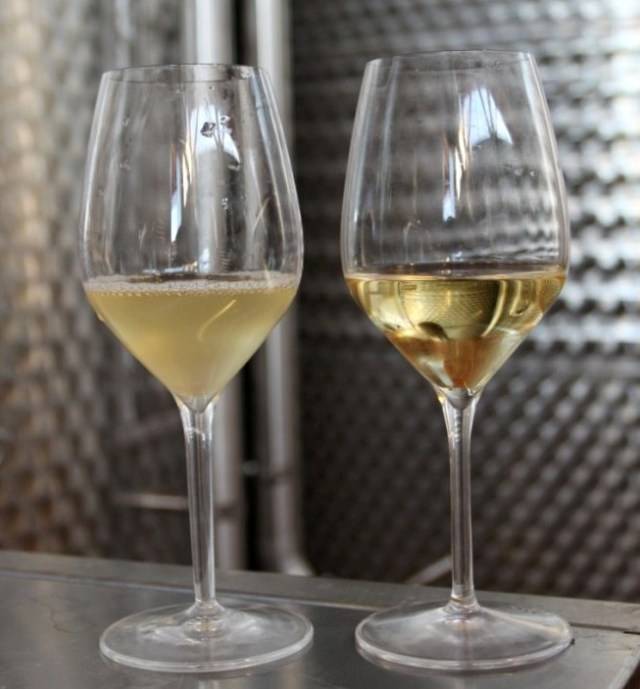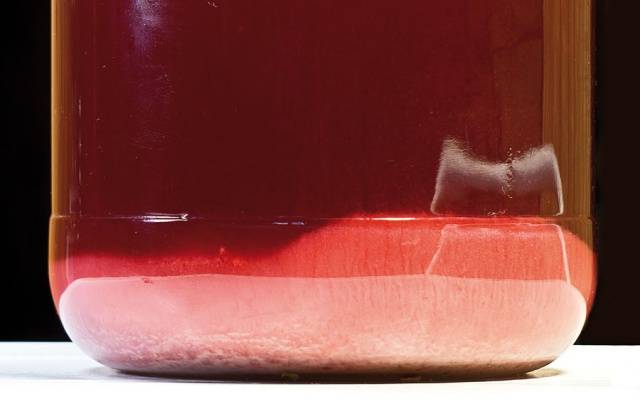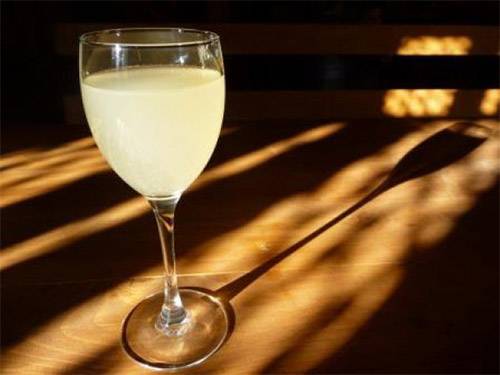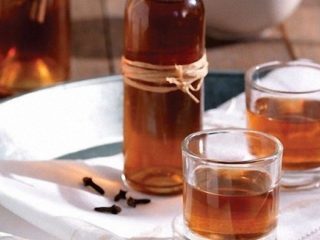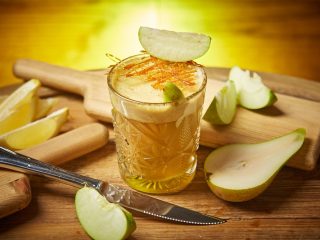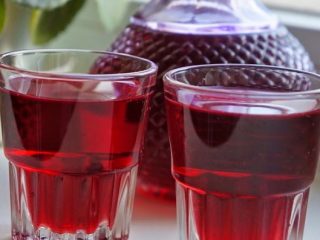Content
Only experienced winemakers can make the perfect wine. Very often, even if all the rules are followed, you may encounter some difficulties. Most often, home-made wines are self-refined. Drinks made from all kinds of berries are usually infused for 3 or 6 months after the end of the fermentation process. During this time, a sediment forms at the bottom, and the wine becomes clear and transparent. In some cases, the wine remains cloudy. What can you do to clear the drink? In this article, we will learn how to clarify wine at home.
The reason for the clouding of wine
The main reason for turbidity is the presence of must, particles of wine yeast and tartar in the wine. These substances form a sediment at the bottom of the container. Usually they get rid of it by pouring the drink into another container. This is done using a conventional tube. This procedure is often enough to completely clarify the wine. But it happens that the drink remains cloudy. In such cases, additional clarification is carried out.
To filter wine, you must use special substances. They are able to absorb the remaining wort particles. As a result, all excess will precipitate. Professional winemakers call this process “pasting”.
If time permits, you can leave the wine for a longer time. During the aging process, the wine will cleanse itself. True, this can take many months, and sometimes years. This is how expensive wines are most often refined.
For those who are not going to wait so long, the best option would be to clarify the wine yourself. It is noteworthy that such a procedure does not in any way affect the taste and aroma. Of course, this is not necessary at all. For many, a small sediment does not interfere in any way. But if you like clear wines with a beautiful color, then clarification is indispensable.
All about wine clarification
There is a whole science that studies wine, it is called oenology. She studies the phenomenon of wine cloudiness and how to deal with it. It is best to anticipate a possible color change in advance, excluding all factors that affect it. True, this is done only in large industries. At home, everything happens differently and it is almost impossible to completely eliminate all problems. Therefore, you have to resort to different methods of purification.
The cloudiness of wine is caused by tartar. This is the potassium salt of tartaric acid. During the production of a drink, it can form on the walls of the bottle. This substance consists of tartrate and potassium hydrogen tartrate. It is used for the production of tartaric acid, and in cooking it serves as a baking powder.
This phenomenon is bad for the drink itself. When small particles precipitate, dyes, yeast and other necessary elements are captured with them. To eliminate such sediment, you can use gluing agents. The main thing, in this case, is to choose a substance suitable for a particular wine:
- tart red wines are cleaned with chicken protein;
- sugary drinks contain a small amount of tannins, so they are cleaned with tannin and fish glue;
- white wine can be refined using gelatin.
Much also depends on the amount of the selected substance. A small amount will not give the desired reaction. If you add too much of a suitable substance, then the drink will become even more cloudy. In order not to be mistaken, you can test on a small amount of wine. This is the only way to determine the correct proportions and not to spoil the wine in the future.
How to clarify homemade wine
In order for the whole process to proceed in the right way, some points should be taken into account:
- Home-made wines are filtered only with natural substances.
- The first step is to lighten a small amount of the drink. Experienced winemakers take 200 ml of wine and check the reaction, and then they clean up the rest.
- Often, for the desired result, the procedure has to be repeated several times.
- If, during clarification, the wine continues to ferment, then the air temperature must be lowered by 10 degrees.
Wine filtration methods
It is worth considering all the popular lightening methods in order to choose the most suitable one:
- Bentonite... This substance is a natural material obtained from white clay. Most winemakers prefer it. Bentonite is capable of sticking together the smallest particles that cause turbidity. Then the resulting substances precipitate. It is noteworthy that bentonite not only cleanses the drink, but also makes it more resistant to various bacteria and yeast. For 1 liter of wine, you need only 3 grams of the substance. It must be filled with water, which is taken 10 times more than the bentonite itself. Then the mixture is left for 12 hours. During this time, the clay should harden. Then it is diluted with water and poured into muddy wine. After 7 days, it is necessary to drain the wine from the lees.
- Gelatin... This method is suitable for the clarification of both fruit and berry wines. The method is simple and effective. For wine with a volume of 10 liters, you need one and a half grams of the substance. Gelatin must be soaked in water for 1 day and added to a bottle with a drink. After half a month, the wine will be completely cleansed.
- Milk... This method is perfect for those new to the art of winemaking. Pour 5 tablespoons of milk (skimmed) into 10 liters of drink. After 4 days, the wine is drained from the sediment.
- Cold... In this case, the wine is moved outside or into the refrigerator. At the same time, the temperature of the drink should not fall below -5 ° C. During cooling, the particles will sink to the bottom of the container. After that, the bottle is brought into a warm room and drained from the sediment.
- Egg white... Used to cleanse red wines. One protein is enough for 35 liters of drink. Beat the egg white well until foam forms, add a little water to it. The resulting mass is poured into alcohol and left for 2-3 weeks.
- Tannin... With its help, wines are cleaned from apples and pears. Usually, these drinks are quite sweet, and tannin can give them some astringency. The powder is sold in every pharmacy. The substances are diluted with water (1 gram of tannin / 200 ml of water). The solution is insisted and filtered through cheesecloth. The resulting mixture is poured into wine and waited for a week. After this time, a precipitate should form. For 10 liters of alcohol, 60 tablespoons of solution will be needed.
Conclusion
This is how you can quickly and easily clarify wine at home. After the procedure, you should leave the drink for another 30 or 40 days. During this time, additional clarification will take place, and the wine will become transparent and clean.
